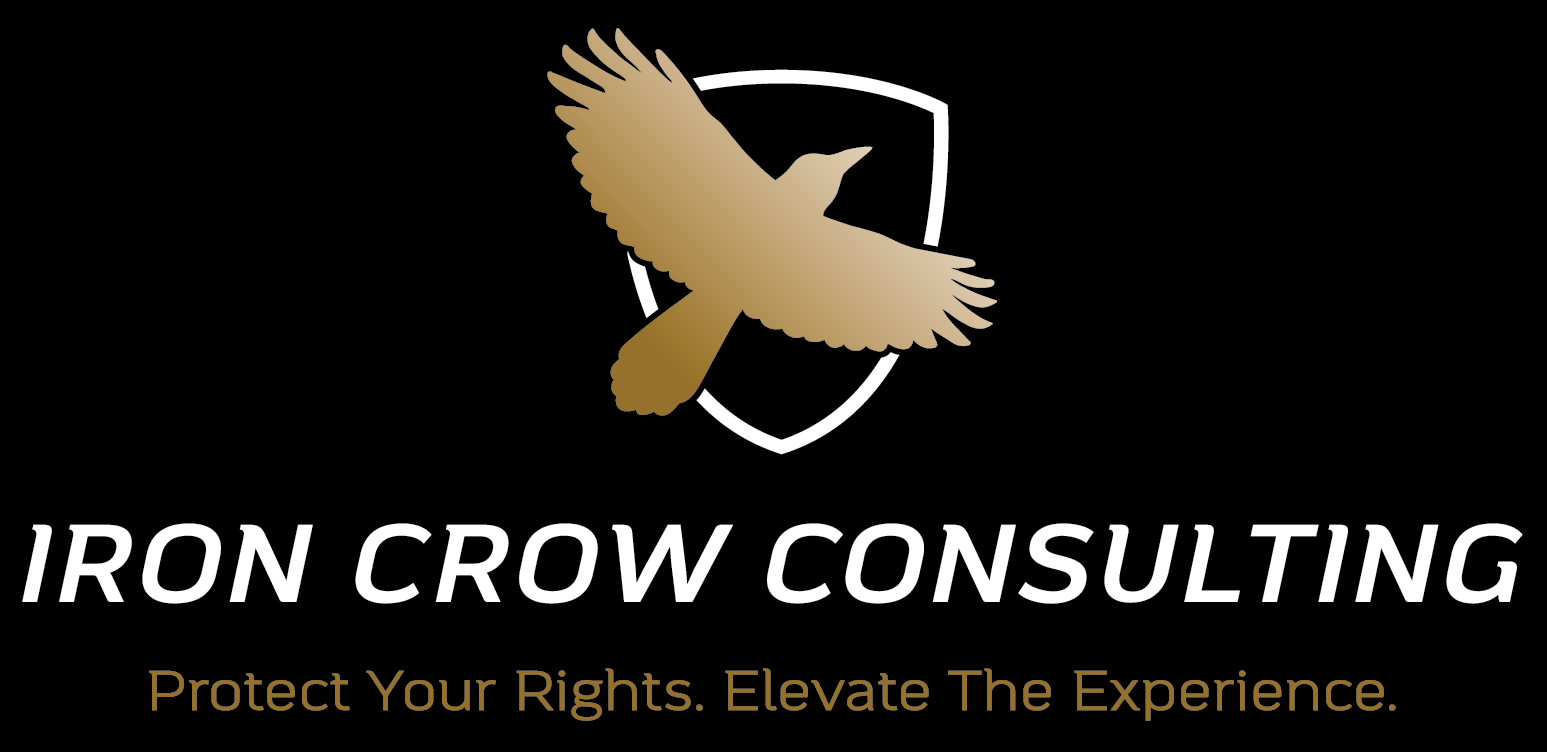Property Damage Assessments
When handling property damage assessments, a public adjuster follows a structured process to ensure an accurate and comprehensive evaluation of the damage, which forms the basis of the insurance claim.
Assessment Steps
1. Initial Inspection: The public adjuster begins with an on-site inspection of the property to assess the extent of the damage. This involves a thorough walk-through to visually inspect and document all damages. The adjuster takes photographs, notes, and measurements to create a detailed record of the condition of the property immediately following the loss.
2. Documentation: Detailed documentation is crucial for supporting the claim. In addition to photographs and notes, the adjuster may collect any available maintenance records, purchase receipts, or previous appraisals that can help establish the value of the damaged property and the extent of the loss. This documentation is used to substantiate the claim with the insurance company.
3. Damage Assessment: The adjuster evaluates the damage to determine what can be repaired and what needs to be replaced. This assessment covers structural damages to the building, as well as damage to personal property, equipment, and any other assets covered by the insurance policy.
4. Estimating the Cost of Repairs or Replacement: Using industry-standard cost estimating software and databases, the public adjuster calculates the estimated cost to repair or replace the damaged property. This estimation will be detailed, including materials, labor, and any other costs associated with restoring the property to its pre-loss condition or replacing lost items.
5. Review of Policy Coverage: Simultaneously, the adjuster reviews the insurance policy in detail to understand the coverage limits, deductibles, and any specific provisions that may affect the claim (such as coverage for additional living expenses, business interruption insurance, etc.). This review ensures that the damage assessment aligns with the policy's coverage.
6. Preparation of the Claims Report: The adjuster prepares a comprehensive claims report that includes the damage assessment, the estimated costs of repair or replacement, and a detailed claim for coverage under the insurance policy. This report is designed to provide the insurance company with all the information needed to evaluate the claim.
7. Negotiation with the Insurance Company: Once the claim is submitted, the public adjuster may need to negotiate with the insurance company's adjuster. This involves discussing the details of the damage assessment, justifying the estimated repair or replacement costs, and advocating for a fair and equitable settlement based on the policy's terms.
8. Assistance with Recovery and Restoration: After the claim is settled, the public adjuster can also assist the policyholder with the recovery process, advising on the selection of contractors and ensuring that the terms of the settlement are fulfilled. They may also help with the submission of any additional claims if further damages are discovered during the restoration process.
Throughout this process, the public adjuster acts as the policyholder's advocate, ensuring that the damage assessment is thorough and accurate, and that the settlement reflects the full extent of the covered losses. This expert handling of property damage assessments can significantly impact the outcome of the insurance claim, often resulting in a more favorable settlement for the policyholder.
Contact us
(254) 766-2769
INFO@IRON-CROW.COM
2775 Villa Creek Drive, Suite B219,
Farmers Branch, Texas, 75234
TX Agency: 2994670
Business Hours
- Mon - Fri
- -
- Saturday
- Appointment Only
- Sunday
- Closed
Iron Crow Consulting
This website has been built to be accessible for all users. If you experience any difficulty in accessing this website, please contact us for assistance.



